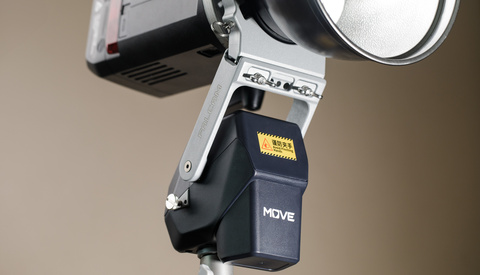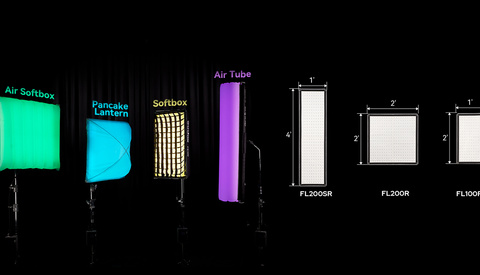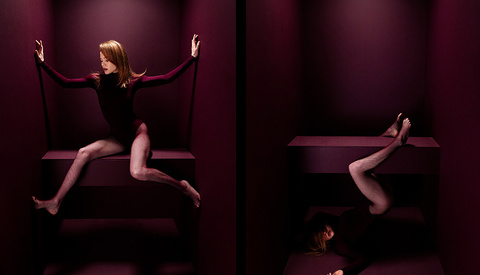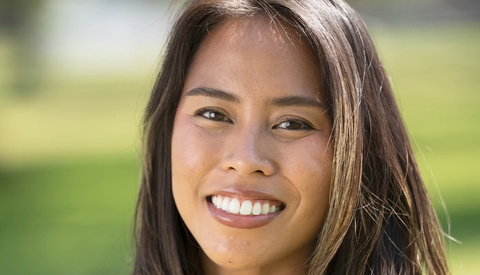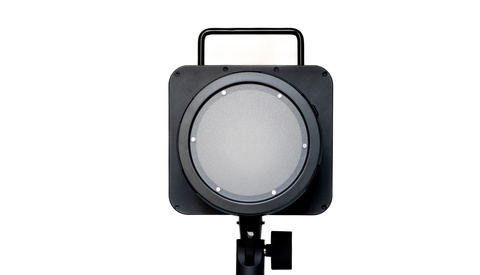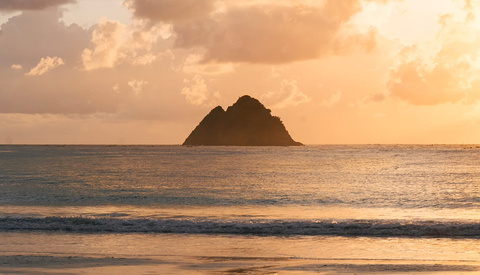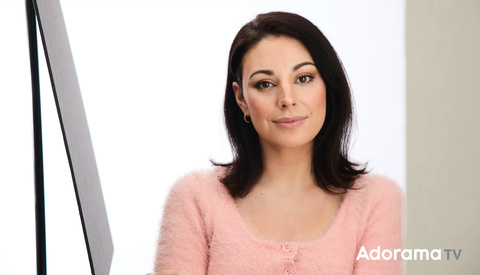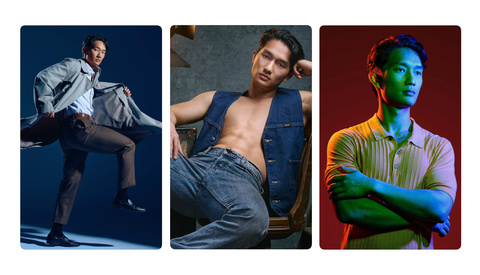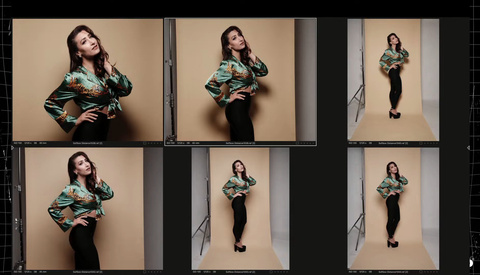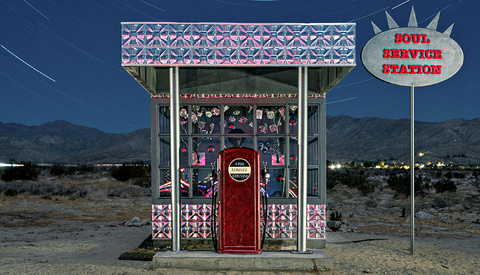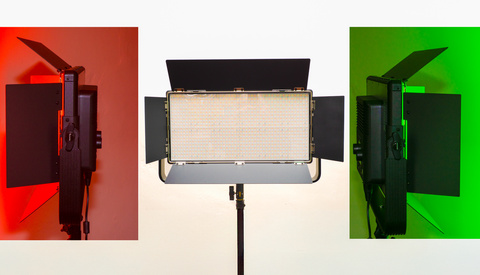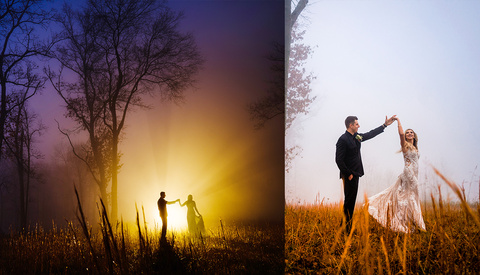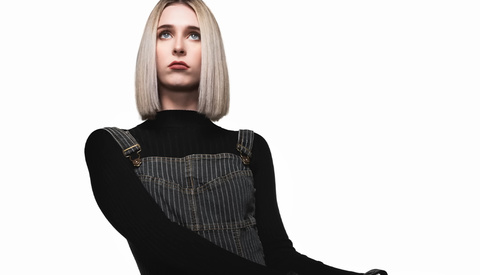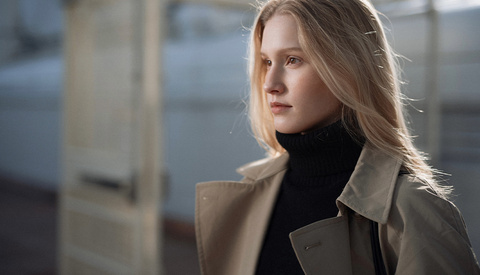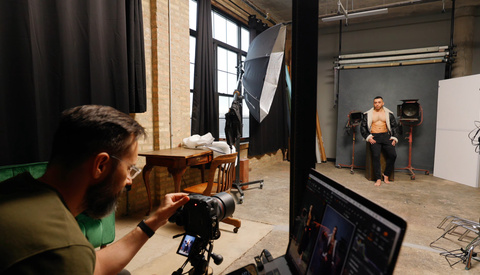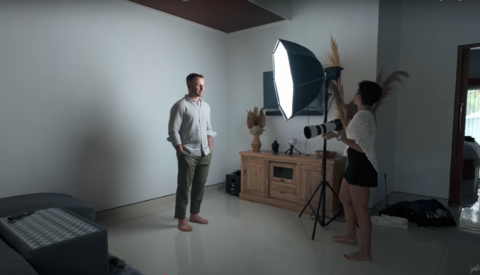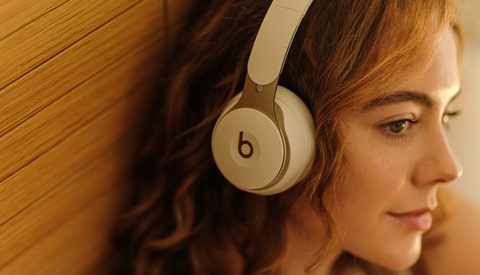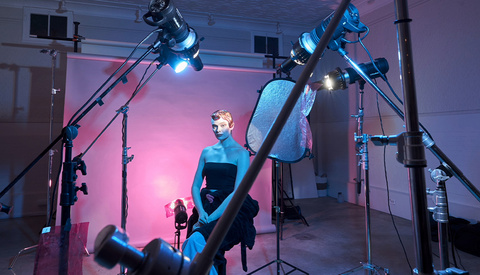We Review the World First Remote Control Lighting System: Falcam Move LightGo
If you’re a one-person crew or working with a small team on photo production, you’ll know the pain—especially when it comes to lighting setups. It can be one of the most frustrating parts of a shoot. It’s not just about turning a light on. It’s the constant need for micro-adjustments: tilt it a little more, feather it to the edge, raise it higher—only to realize the angle’s off and you have to bring it back down again. When your light is way up there, you never really know how much to tilt until it’s already in the air.




